Publisher
John Catt Educational
ISBN 10
1912913526
Published
14 Jun 2021
Just like the best mentoring, this book is less a how-to manual than a thought-provoking catalyst for change, writes Zoe Enser
Mentoring is high on the agenda in education at the moment, heavily emphasised in the new Early Career Framework for Teachers in England, and an essential part of any teacher training programme. There are many forms of mentoring of course, and coaching too. And as the profession tries to chart its course through all these ideas and practices, The Magic in the Space Between promises to shine a light on the territory by looking at how one “unique mentoring programme” transformed women’s leadership.
The reasons for focusing on women are well publicised. The fact that two-thirds of the teaching profession is female but men represent more than half of the school leaders currently in post is reason enough. What’s more, the picture is even more worrying when you factor in race.
The authors developed the programme at the heart of this book in response to this seemingly perennial problem. Drawing on a wealth of experience from both within and beyond education, including businesses, the military and the public sector, the programme involved nearly 100 women in exploring what they could have to offer school leadership, encompassing work on self-belief and self-awareness in a drive to develop the potential of all.
The picture is even more worrying when you factor in race
The book, however, is not a step-by-step guide but more a reflection on some of the programme’s key learning points. The Wigstons have a wealth of experience themselves as mentors and coaches and there is a great deal here that reflects that. Hilary was also a teacher and school leader in both the independent and maintained sectors, which allows many of the lessons contained within to be contextualised for those schools.
The bulk of the text is devoted to the experiences of those participating in the mentoring programme, with question-and-answer sections reflecting on the links between education and other sectors as well as case studies on how mentoring has made a difference.
A chapter is also specifically devoted to race and gender bias. It unpicks issues as they present in school, offering insightful reflections on the participants’ role models and the influences that have led them to this point in their lives and careers.
There are also reflections on the conferences and projects the authors and participants have been involved in. This too offers some valuable insights into the relationship a variety of people have with leadership and how they developed themselves and those around them. The breadth of voices throughout is one of the book’s real strengths.
Overall, The Magic in the Space Between does a good job of emphasising the importance of providing opportunities for women to explore their potential and see leadership as both valid and desirable. More than that, it makes a strong case that this is necessary if we really wish to address equality in education and model that for our students and society more broadly. The book’s lessons are just as valid for the representation of social, economic and ethnic groups as they are for women, and demonstrate the importance of effective leadership structures in realising everyone’s potential.
However, if you are looking for something which has immediate practical application then you won’t find it here. That is not necessarily a bad thing. Increasing awareness of the importance of these kinds of human conversations in education is valuable in itself. Good mentoring and good coaching are nuanced and bespoke, and The Magic in the Space Between rightly doesn’t offer an off-the-peg solution.
What the book does offer are opportunities to consider the potential of mentoring and how you might employ some of its key concepts, even in the smallest of settings. The personal stories within are thoughtful, humorous and, perhaps most importantly, very human. They allow us a glimpse into the factors that have guided these women towards effective leadership.
Informing our reflections in this way is valuable enough, and true to the values of mentoring. It won’t give you all the answers, but it will help you find some. And that might be just the thing we need to bring school leadership into a modern, diverse world.


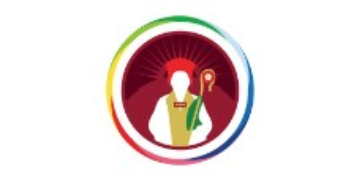
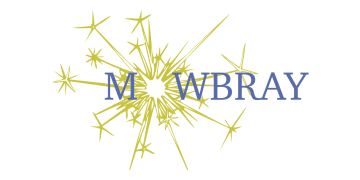
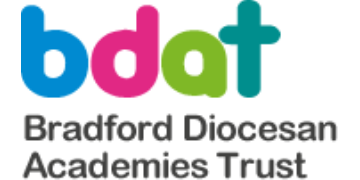



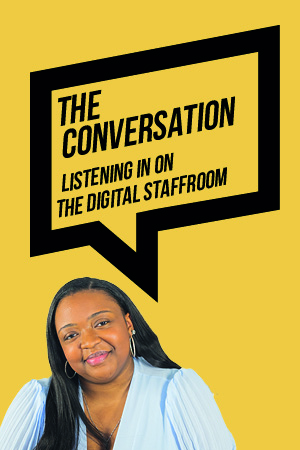
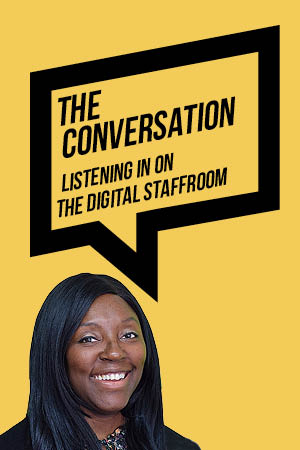
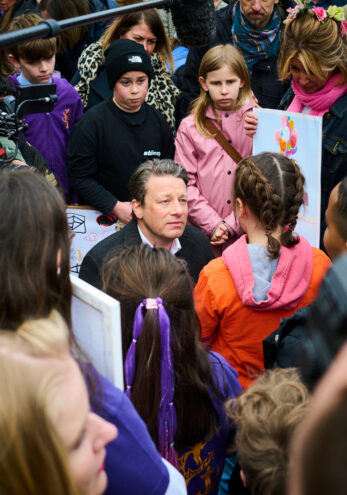
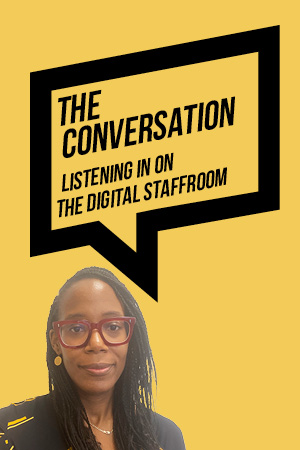
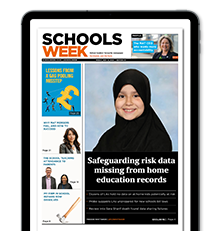
Your thoughts